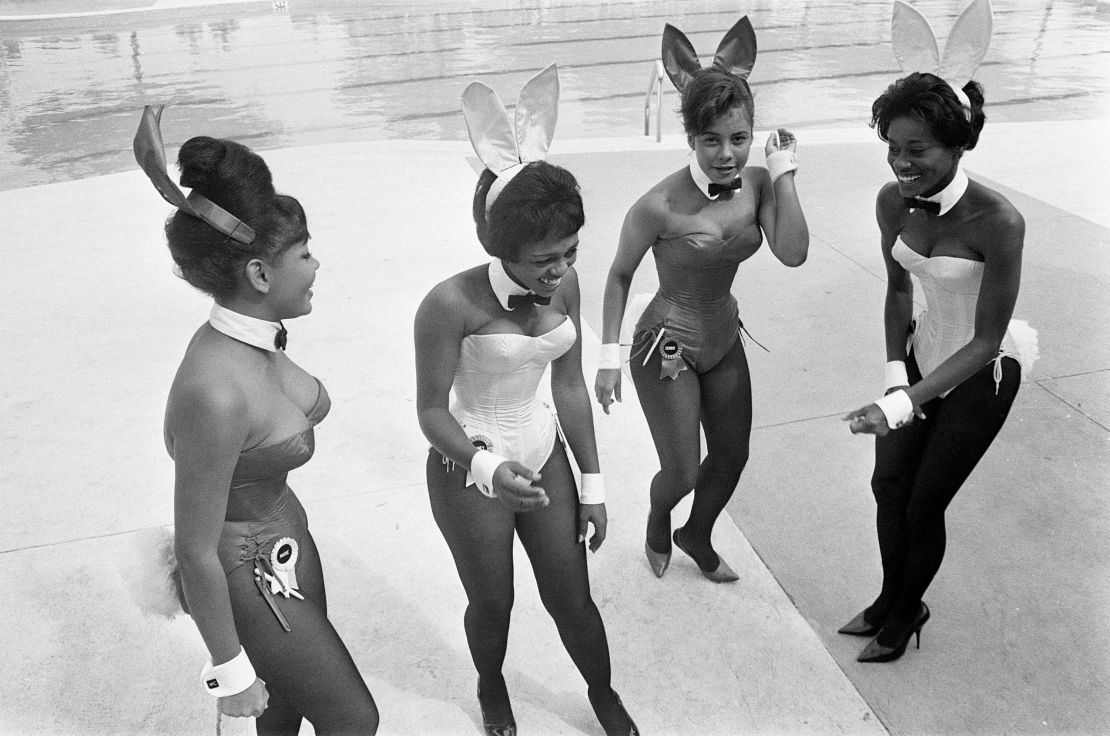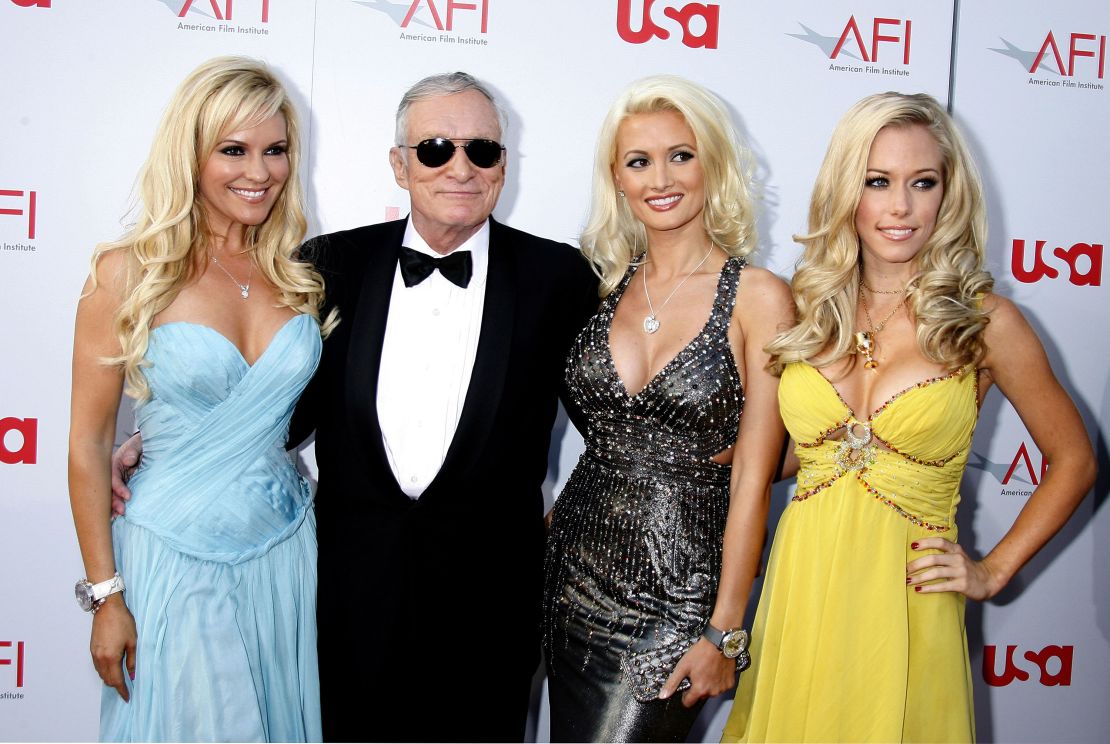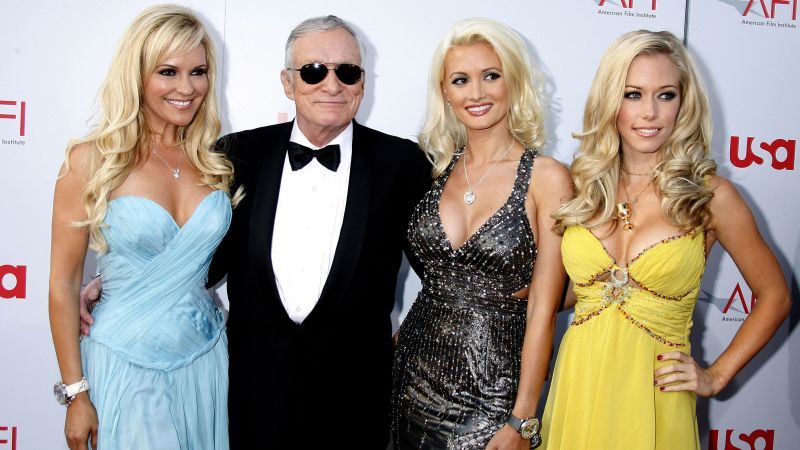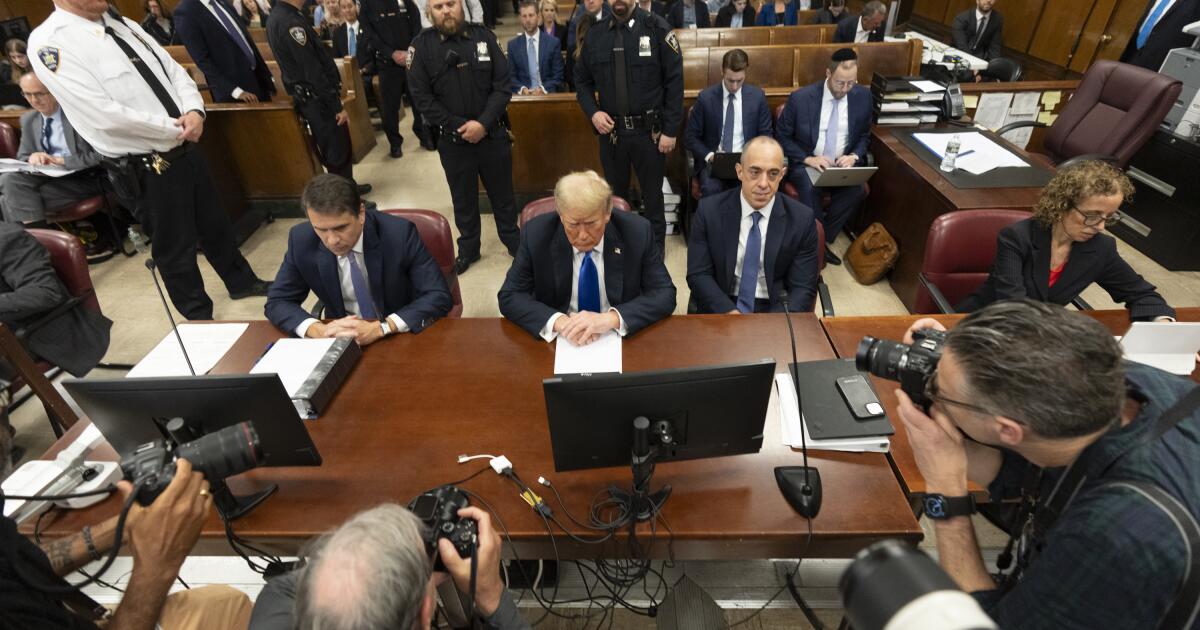Editor's note: The opinions expressed in this commentary are solely the responsibility of the writers. CNN showcases the work of The Conversation, a collaboration between journalists and academics to provide news analysis and commentary. Content is solely produced by The Conversation.
The conversation
—
Hugh Hefner launched Playboy magazine 70 years ago this year. The first issue included a nude photograph of Marilyn Monroe, which he had purchased and published without his knowledge or consent.
Hefner built the Playboy brand on the countless women featured in its pages, whose beauty and performance of heightened female sexuality have entertained his readers for generations.
As it approaches its 70th anniversary in December, Playboy has changed radically. Now that the magazine is no longer published, the Playboy Mansion has been sold to a developer, and London's last remaining Playboy Club is set to close in 2021, what's the future for Playboy? The brand is changing to keep up with the post-#MeToo world.
Hefner died a month before allegations surfaced against film producer Harvey Weinstein in 2017, fueling the #MeToo movement (in which survivors of sexual assault and harassment spoke out against their abusers).
READ MORE: Sex, love and companionship… with AI? Why human-machine relationships could become widespread
In recent years, many have reevaluated Hefner's legacy and his relationships with women. The 2022 documentary series “Playboy Secrets” (which aired on the UK's Channel 4) detailed allegations of sexual misconduct against Hefner by several ex-girlfriends, including model Sondra Theodore and television personality Holly Madison.
Hefner and Playboy's relationship with women has been complicated. Playboy was an early supporter of abortion rights, helping to fund the first rape kit, and at times being an early advocate for inclusivity (for example, with transgender model Caroline “Tula” Cossey, in her June 1981 edition). But most of the women who appear in Playboy fit a narrow beauty standard: thin, white, healthy and blonde.
Meanwhile, Hefner's personal relationship with his much younger girlfriends followed patterns of control and emotional abuse. Her ex-girlfriend Holly Madison described Hefner treating her “like a glorified pet” in her 2015 memoir, “Down the Rabbit Hole.”
Hefner's passing meant he avoided taking into account the #MeToo movement. Playboy, however, responded by issuing a statement affirming its support for the women featured in “Playboy Secrets” and calling Hefner's actions “abhorrent.”
The statement stated that the brand was no longer affiliated with the Hefner family and would focus on aspects of the company's legacy that align with the values of sexual positivity and free expression.
READ MORE: The 'milf': a brief cultural history, from Mrs. Robinson to Stifler's mother
Today, Playboy is a very different company than the one Hefner launched almost 70 years ago. About 80% of Playboy's staff identify as women, according to the company, and its motto has changed from “Entertainment for Men” to “Pleasure for All.” The company's shares are listed on the stock exchange and 40% of its board and management are women.
The company has also moved toward more creator-driven content through its app, Playboy Centerfold. Like the subscription content service Onlyfans, Playboy Centerfold allows subscribers to view content from and interact with its creators, whom it calls “bunnies.”

In the app, creators (or bunnies) can portray their own bodies however they want, putting the power back in their hands. Perhaps the future of Playboy no longer lies in serving the male gaze, but rather the same audience that Hefner dismissed in his first letter from the editor:
“If you are a man between 18 and 80, Playboy is for you… If you are someone's sister, wife or mother-in-law and you picked us up by mistake, pass us on to the man of your life and return to your housemates.”
Mid-2000s Playboy reality series stars Holly Madison and Bridget Marquardt are also enjoying a resurgence among fans.
“The Girls Next Door” premiered in 2004. The show focused on the lives of Hefner's three girlfriends, Madison, Marquardt and Kendra Wilkinson. It became E's best-performing show and cultivated a new female audience for Playboy.
“The Girls Next Door” was a story of complicated empowerment despite patriarchal interference. Its three leading ladies went from being known only as some of Hefner's many blonde girlfriends to becoming celebrities in their own right.
In the end, each of them broke up with Hefner, left the mansion and went on to lead successful careers.
The show's depiction of Madison, Marquardt and Wilkinson as empowered, fun-loving and complex individuals who found joy and agency in expressing their sexuality was perhaps what attracted so many female fans to the show. However, in the midst of the girls' fight for the agency, Hefner retaliated.

The series shows that he had the final say in every Playboy photo of the girls, as well as imposing strict curfews and spending allowances.
In Madison and Wilkinson's memoirs, “Down the Rabbit Hole” and “Sliding into Home,” they claim they were constantly undermined by the production. They refused to pay them for the first season, didn't give them credit until the fourth season, and broadcast their naked bodies uncensored on foreign broadcasts and DVD releases without consent.
READ MORE: #MeToo in space: We must address the potential for sexual harassment and assault outside of Earth
Fan interest in “The Girls Next Door” remains strong. In August 2022, Madison and Marquardt launched their podcast “Girls Next Level,” where they interview former playmates and interact with fans. They also recap the episodes from their own points of view, breaking down their experiences working on the show.
Having reached 10 million downloads in February 2023, the podcast's success, 14 years after the last episode of “The Girls Next Door,” speaks to the cultural legacy of the Playboy brand. It also shows that despite Hefner's original editor's note, Playboy resonates with some women.
Playboy is now in a post-Hefner era, where images of women found in old issues of Playboy can serve as inspiration for others to enjoy their own sexuality. Whatever the company's future, the Playboy concept has become public property, whether in the appearance of Playboy bunny costumes every Halloween, in the popularity of bold Playboy logo tattoos, or in the branded lingerie and clothing.
In the post-#MeToo era, the women of Playboy are speaking out and taking control. With the mansion's doors closed, the bunnies are finally claiming the brand as their own.

Cover image: Hugh Hefner with the Playboy “bunnies” in London in 1966.












